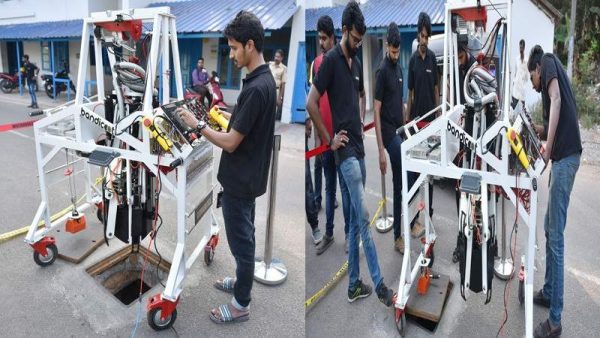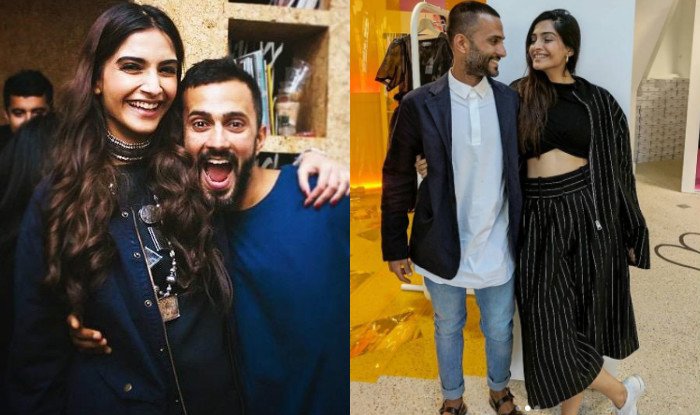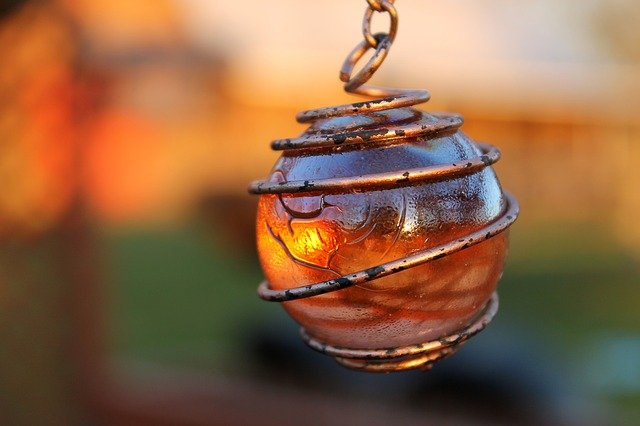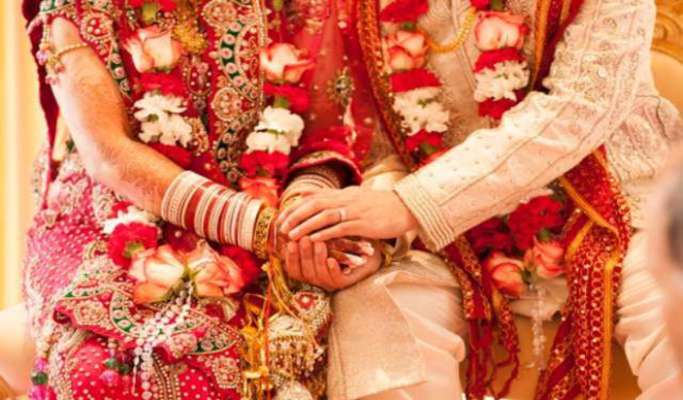
Unknown facts that you should know about Jainism
1. Jains basically believe that all the living organism; from plants to animals to bacteria all souls have potential to attain nirvana.
2. Jains are ruling the Diamond industry you believe it or not Jains are the ones who are controlling almost 60 percent of the diamond trade in the world- ohhhh!
3. The Jain community is the richest in America, and is among the most educated in India. Yes, they are well educated. Well, you can say that good education takes to the great wealth.
4. The essence of the Jainism is Moksha or spiritual liberation basically coupled with doing good karma and refrain from the bad karma. So, they lead an ideal life.
5. Gandhi’s Satyagraha is basically inspired by Jainism. Gandhiji is inspired by them.
6. According to history, Jainism had developed in the 6th century BC.
7. Jainism had 24 spiritual leaders. The last leader of this religion is Mahavira who lived from 599 BC to 527 BC.
8. In Jainism the symbol Swastika has a distinct meaning and the four dots basically represent the states of existence of the human beings.
9. The symbol of the Jainism represents the concept of the universe that is from top to bottom there is a moksha which is the realm of the liberated souls, the level where the earth exists and lastly there is narak where there is a realm of the hellish beings. For them it is expected that one can pass from any of these realms.
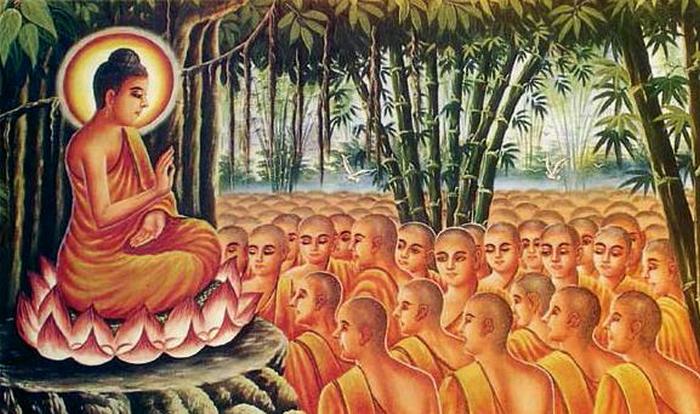
10.Jainism have their strict food restrictions and many Jains do not consume roots, vegetables, eggs honey, mushrooms, unfiltered water or substances like alcohol and drugs.
11. In this religion there is a practice known as Santhara, which is basically, a fasting to the death. They usually give up their existence to avoid causing sufferings to the plants.
12. In 2006 Supreme Court determined that Jainism is not a part of the Hinduism.
13. Researches show that there are approximately 1lakh Jains living in the United States today.
14. It is estimated that there are nearly 5 to 10 million Jains in the world.
15. Jains believe that there is no god or a god who is a judge and basically they do not worship and they admire like liberated souls that have usually attained nirvana.
Also Read: I Am Manglik Not A Murderer: Why Being Manglik Is Such A Big Deal For Hindus?
Wedding Rituals of Jainism!
Khol Barana and Tikka – In Marwari Jain communities like Agarwals, the rituals of Khol Barana and Tikka are practiced which mark the beginning of pre-wedding practices in the Jain communities. Basically, it’s a pre wedding ritual. After the alliance has been finalized, the groom’s family visits the bride’s family with a silver platter containing a coconut and some cash. This is known as Khol Barana. Similarly, the bride’s family visits the groom’s house with gifts in a ceremony known as Tikka.
Laghana Lekhan – This ritual refers to a small puja that is conducted at the bride’s place and is attended by close relatives and friends. The Pandit decides upon the precise date and time of the wedding ceremony or Laghana. Date of marriage is fixed on this day.
Lagna Patrika Vachan – A letter is drafted in formal style where the date and time of the wedding as determined by the Pandit is written out. This letter is then sent out to the groom’s house. The groom performs the Vinayakyantra Puja and the letter from the bride’s side is opened. The Pandit reads out aloud for all assembled family members, relatives and friends to hear. This is known as the Lagna Patrika Vachan.
Manae Devaru Poojai – This is a special puja performed by Jains in South India before the wedding where a sacred pot is placed in deference to the deity and the family of both the bride and groom pray to the Almighty for wellbeing of the couple’s future as well as to conduct the marriage without any obstacle.

Sagai – Sagai refers to the formal engagement ceremony and is akin to the Tilak ceremony of the Hindus. The bride’s family visits the groom’s house and her brother applies a tika on the groom’s forehead signifying his acceptance to the family. Gifts and sweets are exchanged between the two families.
Mehendi – In Jain communities of Gujarat and Rajasthan, a Mehendi ceremony takes place. In this ceremony the bride’s hands and feet are adorned with elaborate and intricate designs with henna paste. Generally held a day or two before the actual wedding date, it is a fun event where all female members of the family get together to get henna applied to their hands.
Bana Betai – Bana Betai is observed by Marwari Jains of Rajasthan. It is the ritualistic bath before the wedding. Instead of Haldi or turmeric paste, the bride and the groom are anointed with chickpea flour or besan by the married women of their respective families. This is usually followed by a bath and the discarded clothes are given away.
Mada Mandap – Just before the wedding laghana, on the day of the wedding, a puja is performed by the Pandit, sanctifying the mandap or the spot where the wedding will take place. This is known as Mada Mandap.
Have a news story, an interesting write-up or simply a suggestion? Write to us at info@oneworldnews.in



